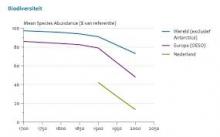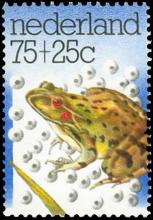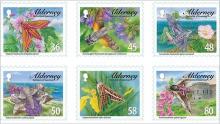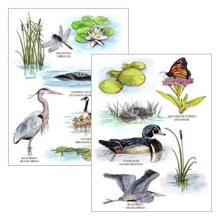Viren raffen Frösche und Salamander dahin
In Nordspanien tötet eine Gruppe nah verwandter Viren unzählige Amphibien. Die zu den Ranaviren gehörenden Erreger befallen unter anderem Frösche, Kröten und Salamander. Sie verursachen regelrechte Massensterben. Am schlimmsten betroffen seien die Geburtshelferkröte, die Erdkröte sowie der Bergmolch, berichten Wissenschaftler im Fachblatt „Current Biology“. Besorgniserregend sei, dass einzelne Virentypen aus der Gruppe mehrere unterschiedliche Arten von Amphibien befallen. Dies könne katastrophale Folgen für die Amphibien-Gemeinschaften und ihre Ökosysteme haben. Zur Gattung Ranavirus gehören mehrere Arten von Viren. Sie infizieren Fische und Reptilien, sind aber vor allem als tödliche Gefahr für Amphibien in Amerika, Europa, Asien und Australien bekannt. Die Forscher um Stephen Price von der Zoological Society of London hatten die Entwicklung der Amphibien-Populationen vor allem im Picos de Europa-Nationalpark in Nordspanien verfolgt. Nachdem sie im Jahr 2005 erstmals ein Massensterben aufgrund einer Ranavirus-Infektion festgestellt hatten, begannen sie den Bestand von sechs Arten von Amphibien einmal jährlich an unterschiedlichen Orten im Nationalpark zu überwachen.









